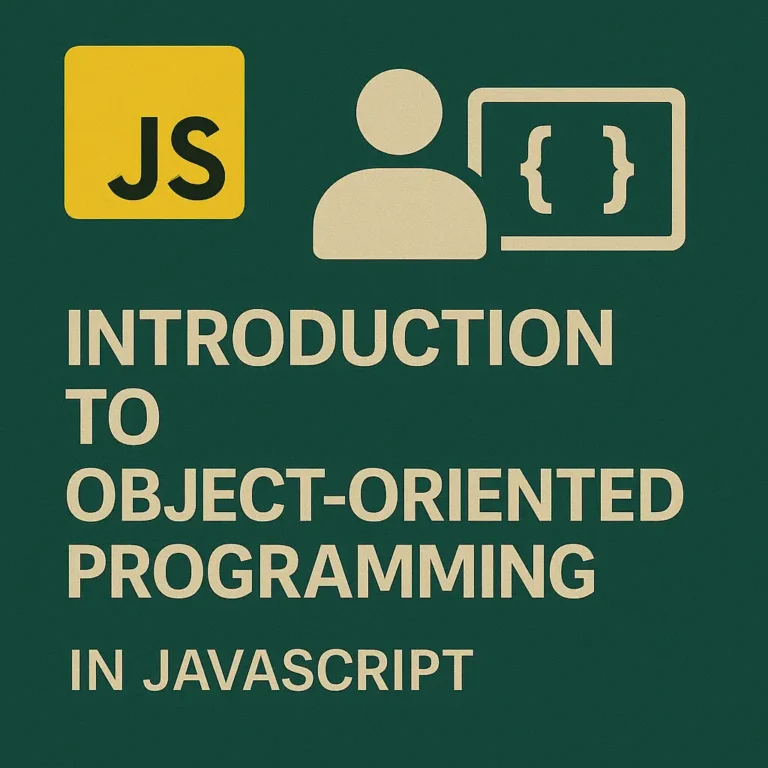Martin, SOLID is an acronym that represents five key principles: Single Responsibility, Open/Closed, Liskov Substitution, Interface Segregation, and Dependency Inversion. In this comprehensive guide, we’ll delve into each SOLID principle, explore how they can be applied in JavaScript development, and provide practical examples to illustrate their significance in writing high-quality code.
Overview of SOLID Principles
Single Responsibility Principle (SRP):
A class should have only one reason to change. It emphasizes that a class should have a single responsibility or focus, and changes to that responsibility should be isolated to that class.
Open/Closed Principle (OCP):
Software entities should be open for extension but closed for modification. It encourages designing software components in a way that allows them to be easily extended without modifying their existing code.
Liskov Substitution Principle (LSP):
Subtypes should be substitutable for their base types without altering the correctness of the program. It ensures that objects of a superclass can be replaced with objects of its subclass without affecting the functionality of the program.
Interface Segregation Principle (ISP):
Clients should not be forced to depend on interfaces they do not use. It promotes breaking down interfaces into smaller, more specific interfaces so that clients only need to implement the methods they actually use.
Dependency Inversion Principle (DIP):
High-level modules should not depend on low-level modules. Both should depend on abstractions. It encourages decoupling modules by introducing interfaces or abstractions between them, allowing for flexibility and easier maintenance.
Applying SOLID Principles in JavaScript
While originally formulated in the context of object-oriented languages like Java and C++, the SOLID principles are equally applicable in JavaScript development. JavaScript’s flexible nature allows developers to implement SOLID principles using a variety of techniques, including object-oriented programming, functional programming, and design patterns.
Examples of SOLID Principles in JavaScript Code
Let’s explore each SOLID principle with practical examples in JavaScript code:
Single Responsibility Principle (SRP):
class UserService {
constructor() {
this.storage = new LocalStorage();
}
addUser(user) {
this.storage.save('users', user);
}
getUser(userId) {
return this.storage.get('users', userId);
}
}
In this example, the UserService class has a single responsibility of managing user-related operations, such as adding and retrieving users.
Open/Closed Principle (OCP):
class Shape {
area() {
throw new Error('Area method must be implemented by subclasses');
}
}
class Circle extends Shape {
constructor(radius) {
super();
this.radius = radius;
}
area() {
return Math.PI * Math.pow(this.radius, 2);
}
}
class Rectangle extends Shape {
constructor(width, height) {
super();
this.width = width;
this.height = height;
}
area() {
return this.width * this.height;
}
}
In this example, the Shape class is closed for modification, but open for extension. New shapes can be added by extending the Shape class without modifying its existing code.
Liskov Substitution Principle (LSP):
class Bird {
fly() {
console.log('Bird is flying');
}
}
class Duck extends Bird {
quack() {
console.log('Duck is quacking');
}
}
function makeBirdFly(bird) {
bird.fly();
}
In this example, the makeBirdFly function accepts any subtype of Bird, demonstrating the substitutability of subtypes for their base types.
Interface Segregation Principle (ISP):
// Bad example
class Worker {
work() {
console.log('Worker is working');
}
eat() {
console.log('Worker is eating');
}
}
// Good example
class Worker {
work() {
console.log('Worker is working');
}
}
class Eater {
eat() {
console.log('Eater is eating');
}
}
In the bad example, the Worker class forces clients to depend on the eat method, violating the ISP. In the good example, the Worker and Eater classes have separate interfaces for working and eating.
Dependency Inversion Principle (DIP):
// Low-level module
class Database {
save(data) {
console.log('Data saved to database:', data);
}
}
// High-level module
class UserService {
constructor(database) {
this.database = database;
}
addUser(user) {
this.database.save(user);
}
}
const database = new Database();
const userService = new UserService(database);
In this example, the UserService class depends on the Database abstraction, rather than directly on the Database class, adhering to the DIP.
Conclusion
The SOLID principles serve as invaluable guidelines for writing clean, maintainable, and scalable code in JavaScript. By applying these principles, developers can design software components that are flexible, reusable, and easy to maintain. Whether you’re building simple applications or complex software systems, understanding and implementing SOLID principles in JavaScript is essential for writing high-quality code that meets the demands of modern software development.






